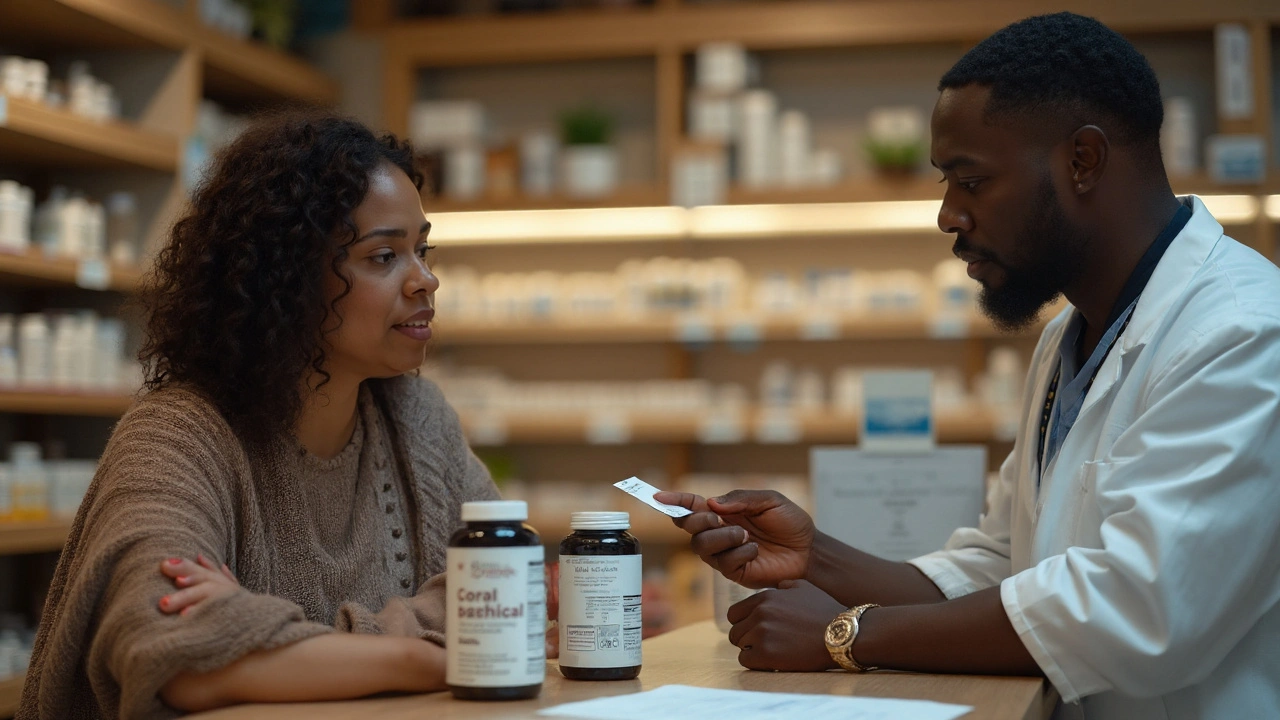Dosage: Practical tips to take medicines safely and accurately
Getting the dose right is one of the easiest ways to avoid problems with medicine. A wrong dose can mean no effect, side effects, or worse. This page gives clear, useful rules you can use now—how to read labels, measure doses, handle missed doses, and when to get medical help.
Read the label and follow a real source
Start by reading the prescription label or package leaflet. The label has the exact dose, how often to take it, and any timing instructions (with food, before bed, etc.). If anything is unclear, ask the pharmacist before you leave. Don’t rely on memory, and don’t change the dose just because you feel better or worse.
Be careful with combination products. Many cold medicines and pain relievers share the same active ingredient. Taking a second product with the same drug can double the dose without you realizing it. Check the active ingredient line on every package.
Measure correctly — tools matter
Use the measuring device that comes with the medicine: an oral syringe, dropper, or dosing cup. Kitchen teaspoons and tablespoons are inaccurate. For children, weight-based dosing is common, so have your child’s weight handy and use the mg/kg dose your doctor or leaflet recommends.
If your medicine is listed in milligrams (mg) but you have a liquid measured in milliliters (mL), don’t guess. Ask the pharmacist to show you the conversion or give a label with both the mg and mL instructions. Small mistakes add up fast with frequent dosing.
Missed dose rules differ by drug. A simple rule: if you remember soon after the missed dose, take it. If it’s almost time for the next dose, skip the missed one—don’t double up. Some medicines, like antibiotics or heart drugs, have specific guidance, so check the leaflet or ask your provider.
Certain groups need extra care: older adults, pregnant people, babies, and anyone with kidney or liver problems may need lower doses. Also tell your provider about other medicines, supplements, and alcohol. Drug interactions can mean a dose that’s safe alone becomes risky when combined with something else.
If you suspect an overdose or see worrying symptoms (severe drowsiness, trouble breathing, confusion, fainting, seizures), call emergency services or your local poison control center right away. For non-urgent concerns—side effects, uncertainty about a dose, or how to switch brands—call your pharmacist. They deal with dosing questions every day and can often fix small problems quickly.
On HighStreetPharma we have clear guides for many common drugs and dosing issues. Use those articles as a starting point, but always double-check with a pharmacist or prescriber for your specific situation. Accurate dosing protects your health—taking a minute to check can save a lot of trouble later.


